Fish is the greatest source of omega 3 fatty acids. But which fish? You must have noticed it’s always Salmon, Sardine, Atlantic Macherel, Cod, Hering, etc, basically those fish that are not available or accessible for most of the Indians. Therefore many of us have few doubts related to omega 3 fatty acids in the Indian diet.
The potential questions that you may have are –
- What exactly is omega 3 fatty acid? Why is it important? How much of this do you need on daily basis?
- How about the omega 3 content of Indian fish like Rohu, Catla, Anchovy, Bombay duck, Hilsa, Bhetki, Indian Salmon, Prawn, etc? How much fish to eat for omega 3?
- Even if these fishes are good, how about mercury and formalin poisoning?
- What about vegetarians? How can they ensure omega 3 in their diet?
Let’s figure out the – what/how/why/when /how much – part of consuming regular Indian food rich in omega 3 fatty acid.

What is omega 3?
Omega 3 fatty acid is an essential fatty acid that our body needs on a daily basis. Our body cannot produce it on its own but must be supplied through food.
ALA (alpha-linoleic acid), DHA (Docosa hexanoic acid), EPA (eicosa pentanoic acid) are the three main types of omega 3 fatty acids. ALA is mainly found in plant sources and DHA and EPA are present in animal foods.
A little amount of ALA can get converted into biologically active forms of EPA and DHA. EPA can also get converted to DHA. DHA is the most important omega 3 fatty acid in our body.
Why Omega 3 is important?
- DHA is vital for the health of the brain and retina
- Pregnant and lactation women must consume an optimum level of omega 3 on a daily basis
- It can fight against depression, anxiety
- It can reduce the symptoms of ADHD in children
- It is good for heart health
- It can fight against inflammation and autoimmune disorders
- It can reduce the symptoms of metabolic syndrome like – belly fat, high blood pressure, insulin resistance, low HDL level
- It can improve mental disorders, Alzheimer’s disease
- It helps to prevent cancer
- It can reduce fat from the liver
- It may help to improve sleep
- It is good for the skin
- It can reduce menstrual pain
- It may improve bone and joint health (3)
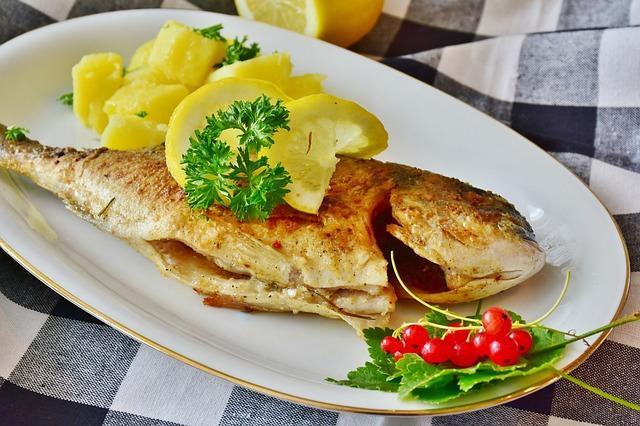
How much Omega 3 you need on a daily basis?
As per Joint FAO/WHO, Expert Consultation on Fats and Fatty Acids in Human Nutrition, 2008, adult male and non-pregnant/non-lactating adult women should consume a minimum of 250 mg of EPA+DHA on daily basis. The dosage can increase up to 2 g based on condition like cardiovascular disease.
As I have already mentioned above, the conversion of ALA into biologically active EPA or DHA is insufficient in our bodies. Therefore, if you are a vegetarian and not getting enough DHA and EPA from the diet, most guideline recommends at least 1600 mg of ALA for men and 1100 mg of ALA for women. (1, 2. 5)
Table 1: Daily recommendation of Omega 3 fatty acid (ALA, DHA, EPA)
| Age group | Adequate intake of ALA/ day | Adequate intake of DHA+EPA/ day |
| 0-6 month | 0.2- 0.3% of Energy (Provided from breast milk) | |
| 6- 12 month | 0.4 – 0.6% of Energy | |
| 2-4 yrs | 100-150 mg | |
| 4-6 yrs | 150 – 200 mg | |
| 6-10 yrs | 200-250 mg | |
| Adult | 0.5% of Energy | 250 mg – 2 g |
| Adult pregnant / lactation women | 300 mg |
What happens if one consumes an overdose of omega 3 for a prolonged period of time?
Every good stuff becomes poisonous when taken in excess continuously. As per experts consuming more than 3 g of omega 3 fatty acid per day might reduce the efficacy of the immune system. It increases lipid peroxidation and reduces cytokine production.
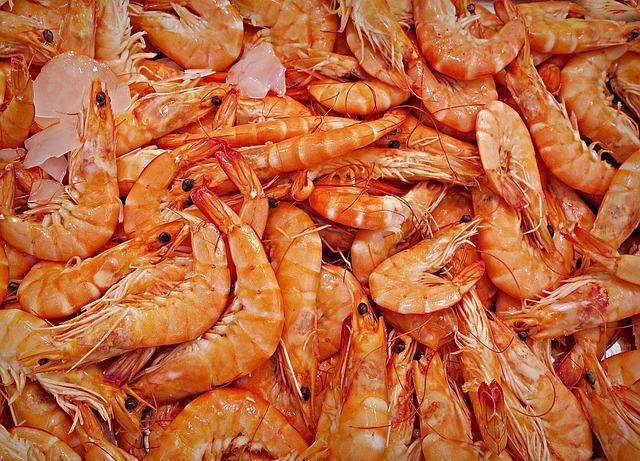
Omega 3 fatty acid in common Indian fish
There is no doubt that fish is a great source of first-class protein, vitamins (including Vit B12), and minerals for a daily diet. Apart from this, fish fat is also quite healthy.
Indian fish is no exception. We are blessed to be in a country with natural diversity which brings us a wide variety of freshwater, marine water as well as brackish water fish.
Coldwater, fatty fish are the best source of omega 3. However, even lean fish/low-fat fish or medium-fat fish also contain a good amount of omega 3 fatty acid.
The table below will give you an idea of the omega 3 content of a few popular Indian fish.
Table 2: List of few common Indian fish and it’s omega 3 & omega 6 content (4)
| Common Name | Scientific Name | Habitat | Fat Content | Omega 3 (%) (EPA+DHA) | Omega 6 (%) | Omega 3/6 Ratio |
| Gangetic ailia / Kajori | Ailia coila | Fresh Water | Lean (<2%) | 9.3 | 27.7 | 0.3 |
| Mola carplet/ Mourola | Amblypharyngodon mola | Fresh Water | Medium (4-8%) | 12 | 12.7 | 0.9 |
| Climbing Perch/Koi | Anabas testudineus | Fresh Water | Medium (4-8%) | 21 | 2.7 | 7.9 |
| Catla | Catla catla | Fresh Water | Low (2-4%) | 22.7 | 9.3 | 2.4 |
| Mrigal | Cirrhinus mrigala | Fresh Water | Low (2-4%) | 7.8 | 35.7 | 0.2 |
| Walking catfish/magur | clarias batrachus | Fresh Water | Low (2-4%) | 2.8 | 22.7 | 1.8 |
| Indian river shad/ Chapila | Gudusia chapra | Fresh Water | Medium (4-8%) | 20.9 | 10.9 | 1.9 |
| Bombay Duck- Lotey | harpadon nehereus | Marine Water | Low (2-4%) | 31.3 | 6.7 | 4.6 |
| stinging catfish or fossil cat- shingi | heteropneustes fossilis | Fresh Water | Low (2-4%) | 7.3 | 6.9 | 1.1 |
| Rohu/ Rui | Labeo rohita | Fresh Water | Low (2-4%) | 7.8 | 14.7 | 0.5 |
| barramundi- bhetki | lates calcarifer | Brackish Water | Low (2-4%) | 13.4 | 12.1 | 1.1 |
| giant river prawn or giant freshwater prawn – golda chingri | Macrobrachium rosenbergii | Fresh Water | Medium (4-8%) | 11.6 | 23.5 | 0.4 |
| Flat head grey mullet – Chapta matha khorol | Mugil cephalus | Brackish Water | Low (2-4%) | 13.2 | 4.7 | 2.8 |
| Giant tiger prawn / Bagda Chingri | Penaeus monodon | Brackish Water | Lean (<2%) | 22.0 | 16.3 | 1.3 |
| copper mahseer / Boka/ Boolooah | Neolissochilus hexagonolepis | Cold Water | Low (2-4%) | 20.9 | 10.3 | 2 |
| Asian green mussel, – pool barb / Jat puti | Perna viridis | Fresh Water | Lean (<2%) | 22.6 | 4.2 | 5.3 |
| rita – ritha | Rita rita | Fresh Water | Lean (<2%) | 9.5 | 1.9 | 5 |
| Indian oil sardine | sardinella longiceps | Marine Water | High (>8%) | 21.4 | 4.9 | 4.3 |
| Seenghala / giant rivar catfish/ aar | Sperata seenghala | Fresh Water | Lean (<2%) | 16.3 | 19.2 | 0.8 |
| Tropical anchovy | Stolephorus commersonnii | Marine Water | Lean (<2%) | 9.0 | 4.0 | 2.2 |
| Ilish/ Hilsa | Tenualosa ilisha | Fresh Water, marine water, brackish water | High (>8%) | 14.2 | 5.4 | 2.3 |
| yellowfin tuna | Thunnus albacores | Marine water | Lean (<2%) | 12.7 | 15.6 | 0.8 |
| king mahseer/ mohashol | Tor putitora | Coldwater | Medium (4-8%) | |||
| largehead hairtail / churi | Trichiurus lepturus | Marine water | Low (2-4%) | 18.8 | 3.91 | 4.8 |
| freshwater garfish – Kakila | Xenentodon cancila | Fresh water | Lean (<2%) | 1.1 | 1.4 | 0.7 |
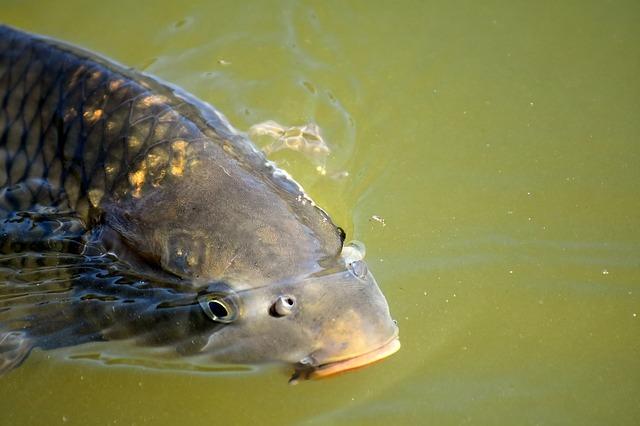
Hilsa (high-fat content), large head hairtail/ churi (low-fat content), Indian river shad (medium fat content) have a significant amount of DHA 934.5 mg, 567.8 mg, and 342 mg of DHA respectively.
Indian oil sardine (High-fat content), Hilsa (high-fat content), Cooper masher/ Boka (low-fat content) contain 937.9 mg, 304.5 mg, and 301.8 mg of EPA respectively.
Table 3: Few common Indian fish and it’s EPA & DHA content (4)
| Common Name | Scientific Name | EPA (mg/100wet g) | DHA (mg/100wet g) |
| Gangetic ailia / Kajori | Ailia coila | 180.0 | |
| Mola carplet/ Mourola | Amblypharyngodon mola | 94.6 | 133.3 |
| Indian river shad/ Chapila | Gudusia chapra | 342.0 | |
| barramundi- bhetki | lates calcarifer | 155.2 | 127.6 |
| Giant tiger prawn / Bagda Chingri | Penaeus monodon | 108.1 | 54.1 |
| copper mahseer / Boka/ Boolooah | Neolissochilus hexagonolepis | 301.8 | 210.1 |
| Asian green mussel, – pool barb / Jat puti | Perna viridis | 169.9 | 158.9 |
| Indian oil sardine | sardinella longiceps | 937.9 | 534.9 |
| Seenghala / giant rivar catfish/ aar | Sperata seenghala | 35.2 | 49.6 |
| Ilish/ Hilsa | Tenualosa ilisha | 304.5 | 934.5 |
| king mahseer/ mohashol | Tor putitora | 201.9 | 115.5 |
| largehead hairtail / churi | Trichiurus lepturus | 203.1 | 567.8 |
| freshwater garfish – Kakila | Xenentodon cancila | 70.0 |
How much fish to eat for omega 3?
Omega 3 content in Indian fish varies from species to species. If you are traditionally a fish eater and enjoy rice-fish like me, feel free to continue it.
If traditionally you consume fish regularly as part of your lunch or dinner, try to have one medium piece of fish along with dal, vegetables, curd, etc. The medium size of the fish piece is generally about 75-100 g. It’s fine to have 300 – 400 g of fish in a week as a part of the meal. (8)
Don’t waste the fish skin, eat that too. Evidence suggests fish skin contains a good amount of omega 3 too.
Try to keep variety in your fish choices. Low fat, medium fat, high fat, lean fish, freshwater fish, marine fish, and brackish fish – choose fish from every category to bring the balance.
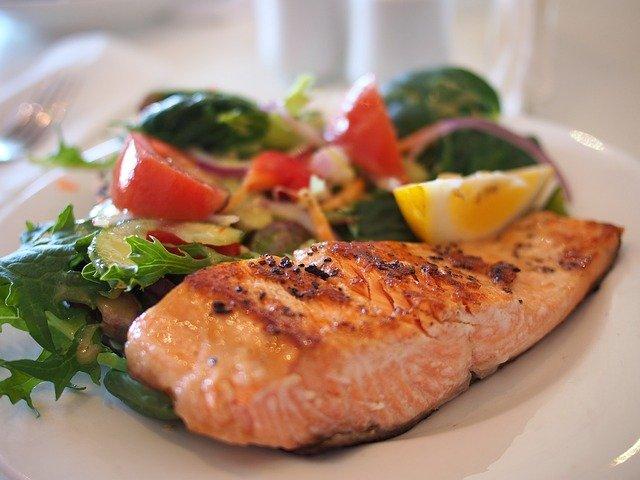
Okay, but what about mercury in fish?
Yes, indeed it’s a matter of concern. Mercury is a common industrial waste. It releases into the air and then slowly settles on land and into the water. Microorganisms build on that and convert it into methylmercury.
Fish in the water starts absorbing it slowly. So the mercury found in fish is methylmercury. Fish that live longer and eat other fishes have higher levels of methylmercury.
Methylmercury poisoning is dangerous. It may lead to cerebral palsy, blindness, deafness, impaired mental function, impaired lung function, etc.
Therefore, it’s better to choose small and medium-size fish for regular consumption. Big fishes are better to consume in restriction.
The table below shows the category of fish as per the methylmercury load. Try to avoid giving high and very high mercury fish especially to women during pregnancy and lactation. (9)
Table 4: List of common fish as per mercury content
| Low Mercury | Moderate Mercury (consider eating maximum 6 servings in a month) | High Mercury (consider eating maximum 3 servings in a month) | Very High Mercury (Avoid eating) |
| Anchovy | Rohu | Sea Bass | Shark |
| Pomfret | Catla | Tuna (Canned Albacore, Yellowfin) | Swordfish |
| Tilapia | Bass | Grouper | Tuna |
| Hilsa | Lobster | Bluefish | |
| Catfish (Shingi) | Tuna (Canned Chunk light) | ||
| Mackerel | Cod | ||
| Mullet | |||
| Indian Salmon | |||
| Pink perch | |||
| Shrimp | |||
| Squid | |||
| Crab | |||
| Trout |
What about the usage of formalin in fish?
Yes, it’s again a serious concern. Formalin is toxic and can create a number of health hazards including cancer.
Formalin is used as a preservative to prevent its decay. It is used to wash the fish to control parasite infestation on the fish skin, gill, and fins.
Therefore don’t forget to wash fish thoroughly. Keep fish in saltwater for one and a half hours and then put it in a vinegar solution (with 20% vinegar) for another hour. Next, wash it again with plain running water.
Central Institute of Fisheries Technology (CIFT), Cochin, and the Indian Council of Agricultural Research (ICAR) has developed an easy-to-use rapid formalin detection kit for fish. Food Safety and Standards Authority of India (FSSAI) recommends consumers get the kit for rapid testing of fish before purchase. If you are interested, you can keep the kit handy before you go fish shopping next time. The kit will cost approximately Rs 50/- containing 25 strips and reagents. Each test would cost Rs 2/-.(10)
How to ensure omega 3 in a vegetarian diet?
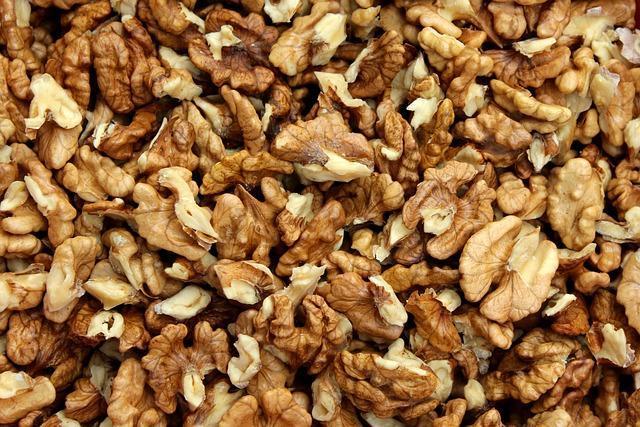
It’s absolutely fine if you are a vegetarian. You can still get omega 3 from your regular diet. As mentioned above, 1600 mg and 1100 mg of ALA (omega 3 from plant source) is needed for adult men and women respectively.
Flaxseed, chia seed, walnut are the three rich sources of omega 3 for your diet. The table below will help you to choose the best omega 3 for your vegetarian diet.
Table 5: Common foods with high ALA content
| Foods | ALA content (per 100g) |
| Flaxseed | 7.8 g |
| Grounded flaxseed | 22.9 g |
| Flaxseed oil | 52.1 g |
| Walnut | 9.3 g |
| Walnut oil | 10 g |
| Chia seed | 18 g |
Consider consuming any one of the items on daily basis to ensure your omega 3 (ALA) supply.
- 1 table spoon (15 ml) of flaxseed oil (contain 7.8g of ALA)
- 1 handful (20g) of walnut (Contain 1.86g of ALA)
- 1 table spoon (15g) of chia seed (Contain 2.7g of ALA)
- 1 table spoon (15 g) of grounded flaxseed (Contain 3.4 g of ALA)
Don’t try to cook food with any of the above items especially with flaxseed oil. (11)
Use these in cooked food from the top. For eg, consider adding chia seed/ walnut or grounded flaxseed/ flaxseed oil with your – smoothie/ upma/ poha/ shake/ dressing/ dip etc.
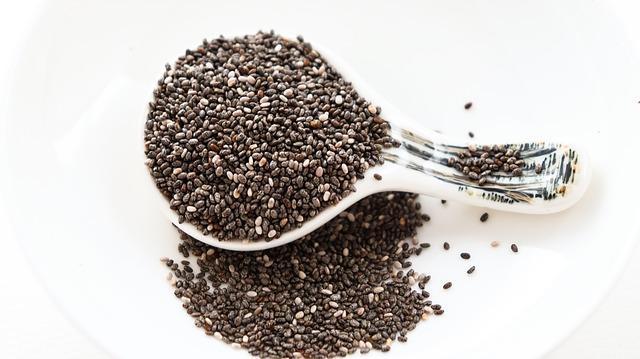
Isn’t there any other source of omega 3?
Yes, there are many other foods – dairy products, soy products, eggs, etc contain omega 3. However, they are also high in omega 6 fatty acids. Omega 6 is another essential fatty acid that our body can’t synthesize but is essential for multiple body functions.
The ratio of omega 6 and omega 3 is very important in food. Confused? Let me explain.
LA or Linoleic acid (omega 6) and ALA (omega 3) compete for a particular enzyme to get digested in our body. That means if your diet is too high in omega 6 then omega 3 will have a very less chance to get digested.
Please note omega 6 is pro-inflammatory whereas omega 3 is anti-inflammatory in nature.
ALA(omega 3 ) gets digested and then some of it gets converted into EPA and DHA, the biologically active form of omega 3.
Similarly, LA(Omega 6) also gets digested and then converted into Arachidonic acid (AA), the biologically active form of omega 6.
Now both AA and EPA metabolize to form a very powerful hormone-like substance – eicosanoid that affects our physiological functions like growth, cell division, inflammatory response, muscle activity, blood pressure, and immune function.
Eicosanoid formed from AA involved in response to injury, infection, stress, certain diseases. Whereas, eicosanoid formed from EPA helps to protect against heart attack, stroke, inflammatory diseases like lupus, asthma, arthritis.
Therefore if your diet is high in omega 6, your omega 3 requirement will also go up to maintain the balance. Otherwise, there will be no omega 3 left for digestion or metabolism.
Omega 6: omega 3 ratios ideally should be 1:1 to 4: 1. However in our current western influenced diet pushed this ratio from 15:1 to 17: 1. Needless to say, a lower number is better for our health. (12, 13)
Processed and refined vegetable oil is the biggest source of omega 6 in our daily diet. Therefore no matter how much omega 3 you are consuming, omega 6 always overpower omega 3. It’s best to reduce the omega 6 load in our body and start focusing on omega 3 instead. (6)
Excessive omega 6 consumption leads to chronic diseases like coronary heart disease, an autoimmune disorder, metabolic diseases, cancer, etc.
4:1 to 2: 1 ratio of omega 6: omega 3 helps to suppress inflammation, asthma, better immunity, etc. (7)
Walnut, chia seed, and flaxseed have the best possible omega 6: omega 3 ratios. Therefore these three foods are must-haves in your kitchen.
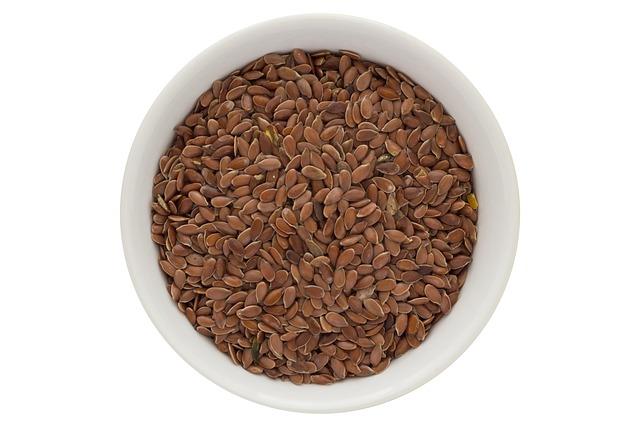
Table 6: Omega 3 & omega 6 content of few common foods
| Food (per 100 g) | Omega 3 content (g) | Omega 6 content (g) | Omega 6 : omega 3 Ratio |
| Walnut | 9.17 | 38.1 | 4.2 |
| Chia seed | 18 | 5.7 | 0.3 |
| Flaxseed | 6.35 | 1.4 | 0.2 |
| Pumpkin Seed | 0.35 | 19.0 | 114 |
| Sesame seed | 0.2 | 23.6 | 96 |
| Soybean oil* | 6.5 | 50.7 | 7.8 |
*values are the percentage of total methyl ester of fatty acid
Bottomline
Mindful eating is all you need to ensure your omega 3 supply. It is evident that a typical Indian diet – vegetarian or non-vegetarian – can fulfill all your nutritional requirements. Consider having fish. Bring variety to your fish choice. If you are a vegetarian consider having walnut, flaxseed, and chia seed in your daily routine. Don’t miss to reduce your omega 6 consumption. Avoid refined vegetable oil as much as possible.
Enjoy food. Try to plan a smart meal to avoid supplements.
Moreover, adopt a healthy lifestyle. Eat simple but good food, sleep well, stress less, stay active, and don’t forget to drink water. You will be fine.
Acknowledgment – Sagnik De, Zoology Graduate from University of Calcutta

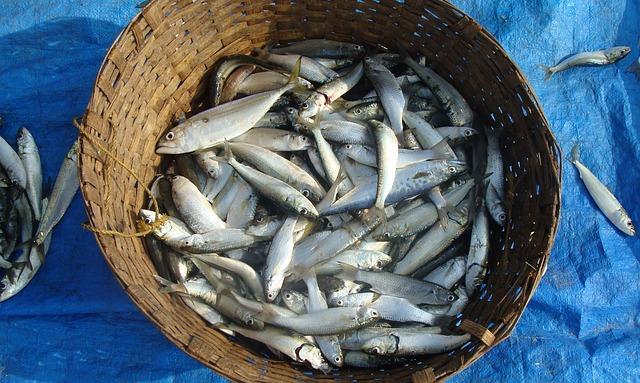
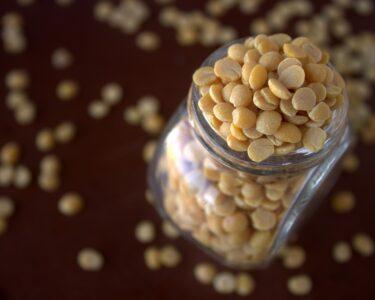

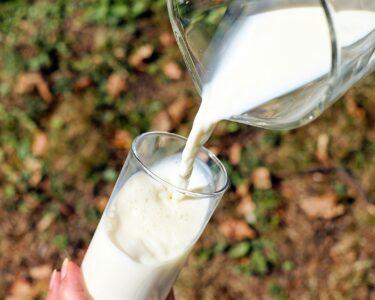
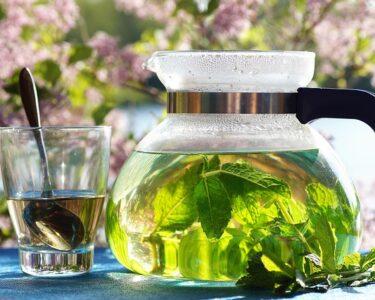
29 Comments